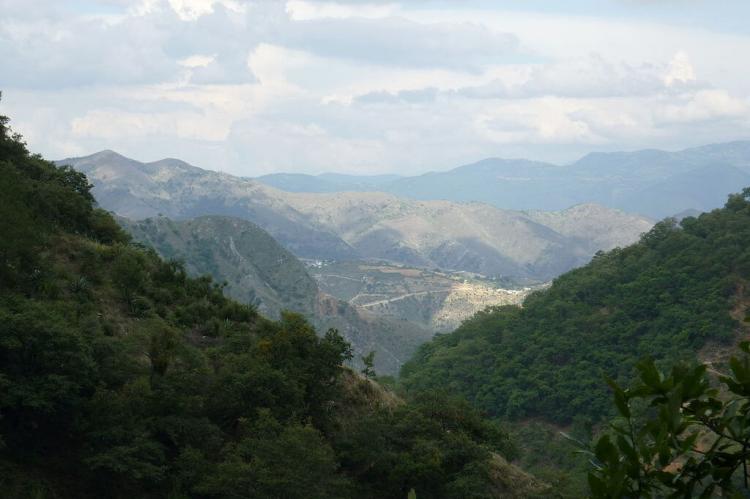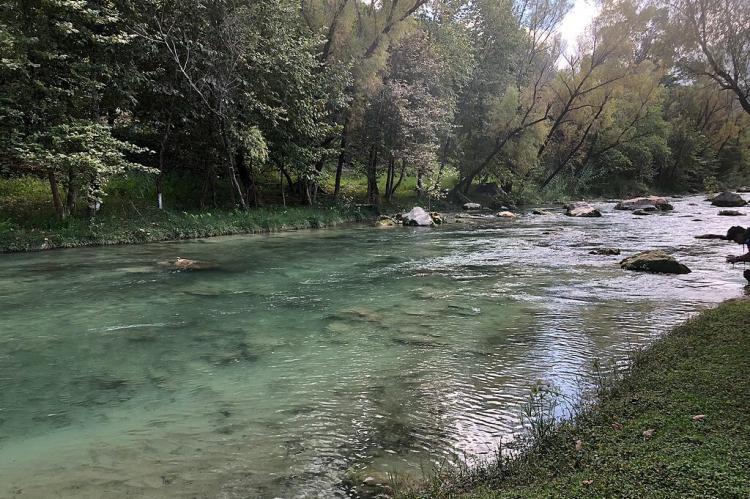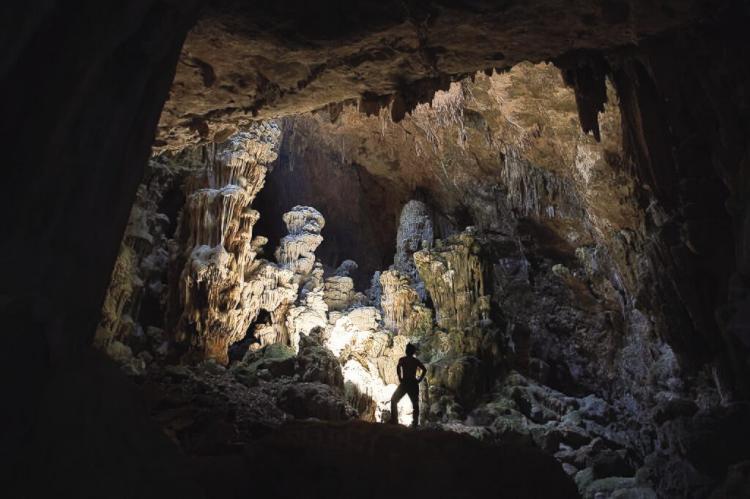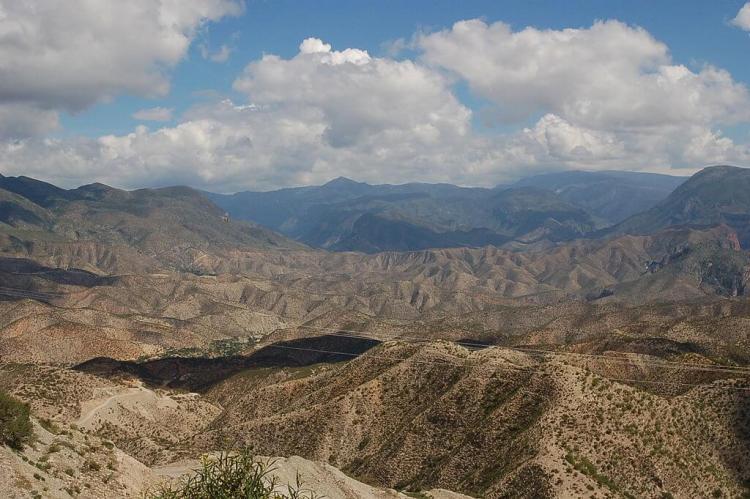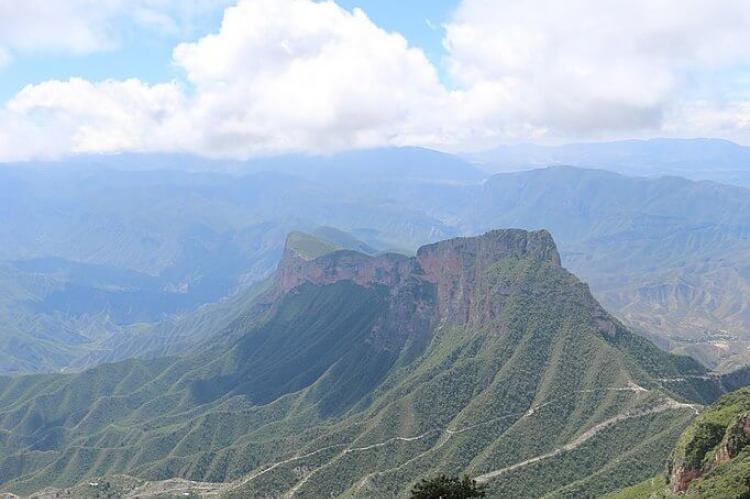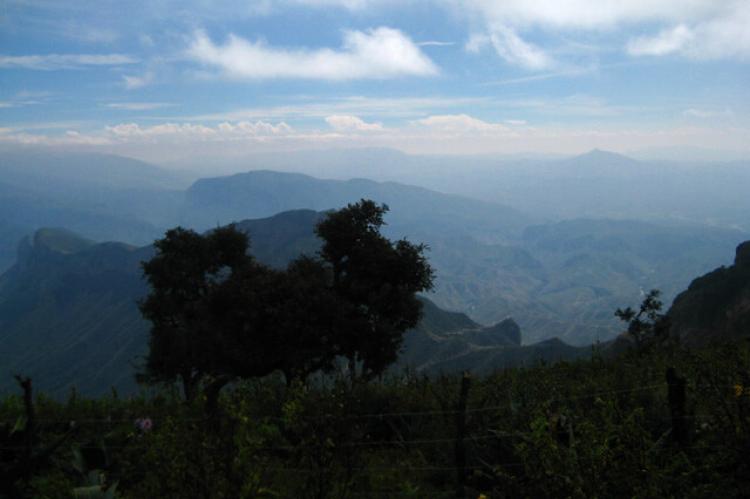Sierra Gorda Biosphere Reserve (Mexico)
The Sierra Gorda Biosphere Reserve is located in Queretaro in northern Mexico. Its strategic biogeographical position between the Arctic Neotropical and Mesoamerican Mountain regions makes Sierra Gorda one of Mexico's most ecologically rich and diverse places.
Sierra Gorda Biosphere Reserve
The Sierra Gorda Biosphere Reserve is in Queretaro in northern Mexico. The Biosphere Reserve extends about 400,000 ha (988,400 acres) over Querétaro and San Luis Potosí.
Its strategic biogeographical position between the Arctic Neotropical and Mesoamerican Mountain regions makes Sierra Gorda one of Mexico's most ecologically rich and diverse places.
The Reserve's ecosystems include rugged mountains, canyons, lush valleys and "sótanos" or pit caves carved out from the limestone of the Huasteca Karst.
The rugged topography of the Sierra Gorda Biosphere Reserve – with altitudes ranging from 260 - 3,100 m (850 - 10,170 ft), rainfall fluctuating between 350 - 1,800 mm (13 - 70 in), and its location in the convergence of the Nearctic, Neotropical, and Mesoamerican Mountain realms – all contribute to a vast mosaic of habitats.
The Sierra Gorda Biosphere Reserve harbors 15 types of vegetation: evergreen forest, sub-evergreen forest, sub-deciduous forest, deciduous forest, sub-montane shrubland, cloud forest, oak forest, pine forest, juniper forest, fir forest, Alpine chaparral, temperate grasslands, xerophilous grassland, xerophilous scrubland, and riparian gallery forest.
The fauna and flora include 1,718 species of vascular plants and 124 species of macrocytes, in addition to 131 species of mammals, 363 species of birds, 72 species of reptiles and 23 species of amphibians. In addition, it is estimated that 30% of Mexican daytime butterflies are present in this area, with approximately 600 species.
The Biosphere Reserve is home to the Jaguar, the Yucatan Brown Brocket, the Mexican Black Bear, the Spider Monkey, the Otter, the Great Curassow, the Crested Guan, the Bearded Wood Partridge (Dendrortyx barbatus), the Military Macaw (Ara militaris), the Red-crowned Amazon (Amazona viridigenalis), the Tucan, the Emerald Toucanet, and the American Crocodile.
It also hosts endemic species such as the Querétaro Pocket Gopher (Pappogeomys neglectus), the (Autochton siermadrior) butterfly and many fish and troglobitic arthropods.
